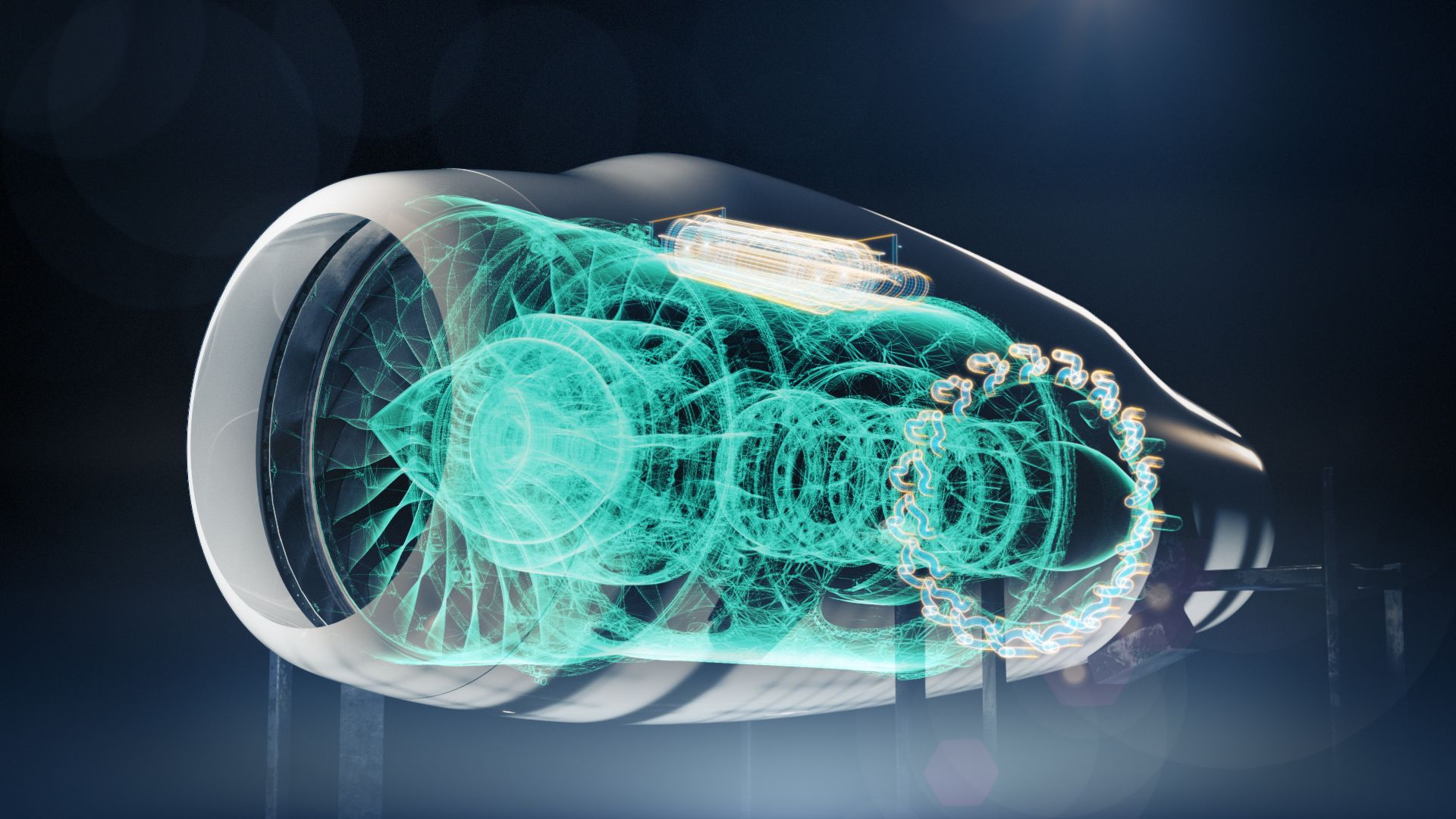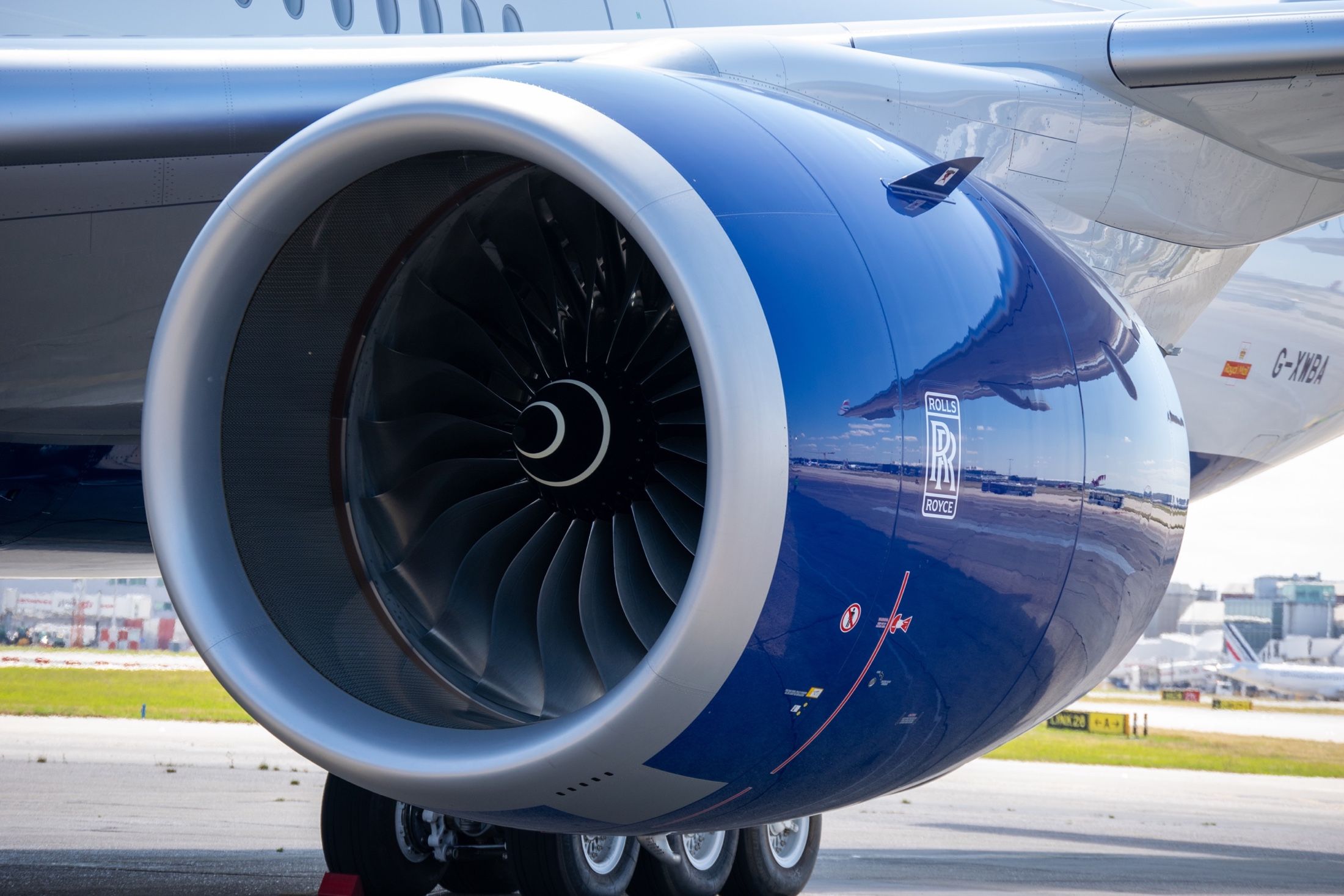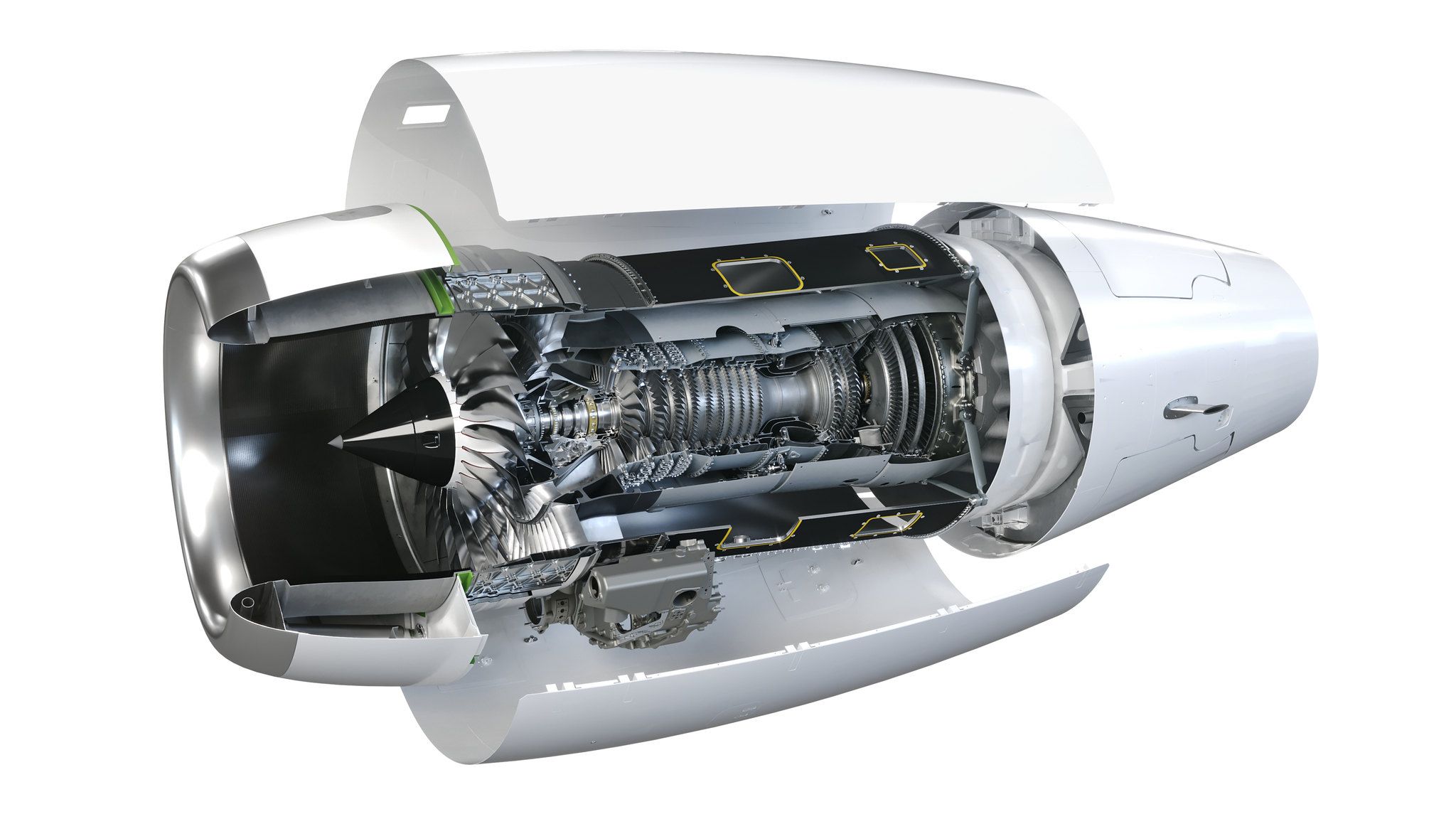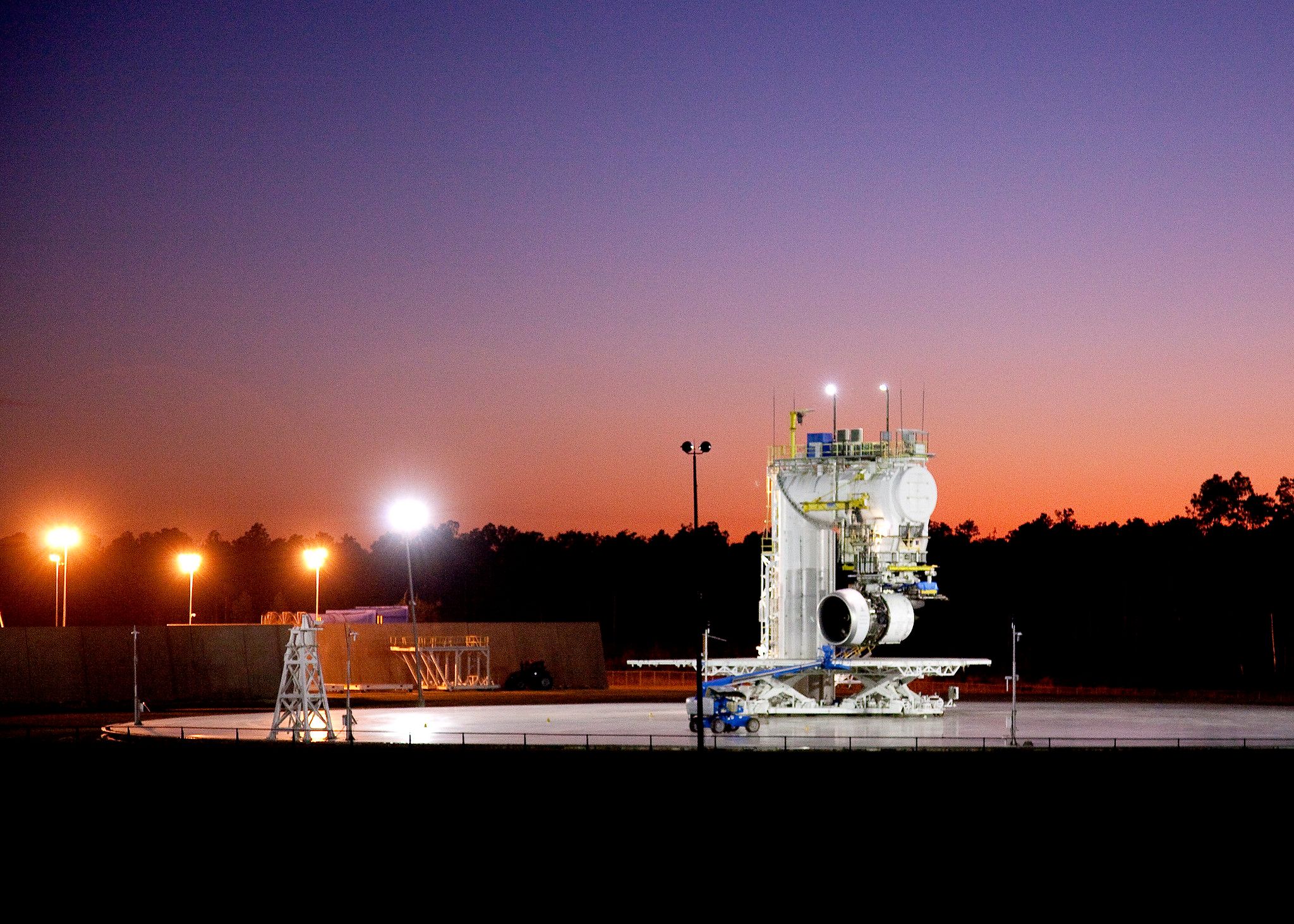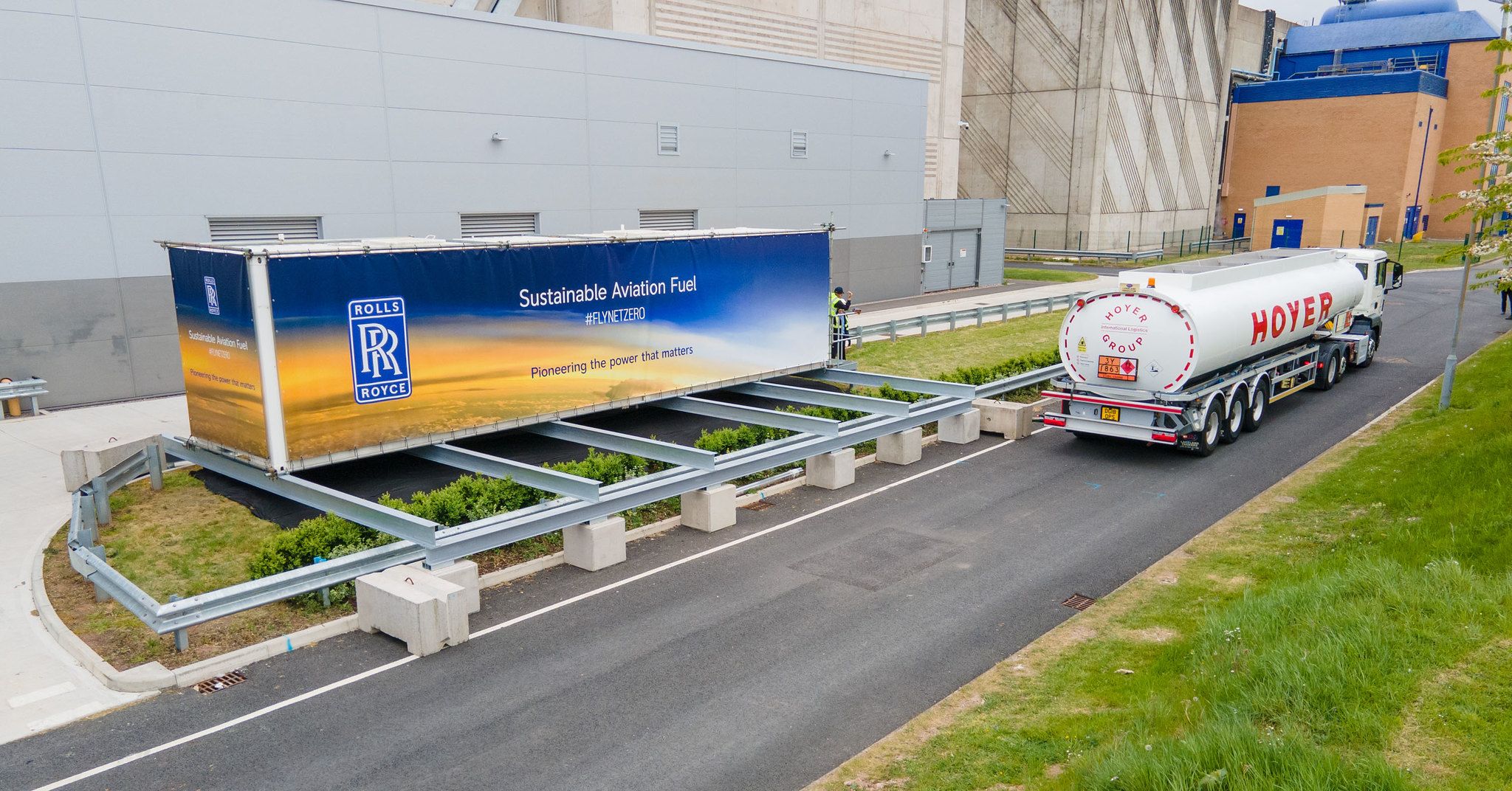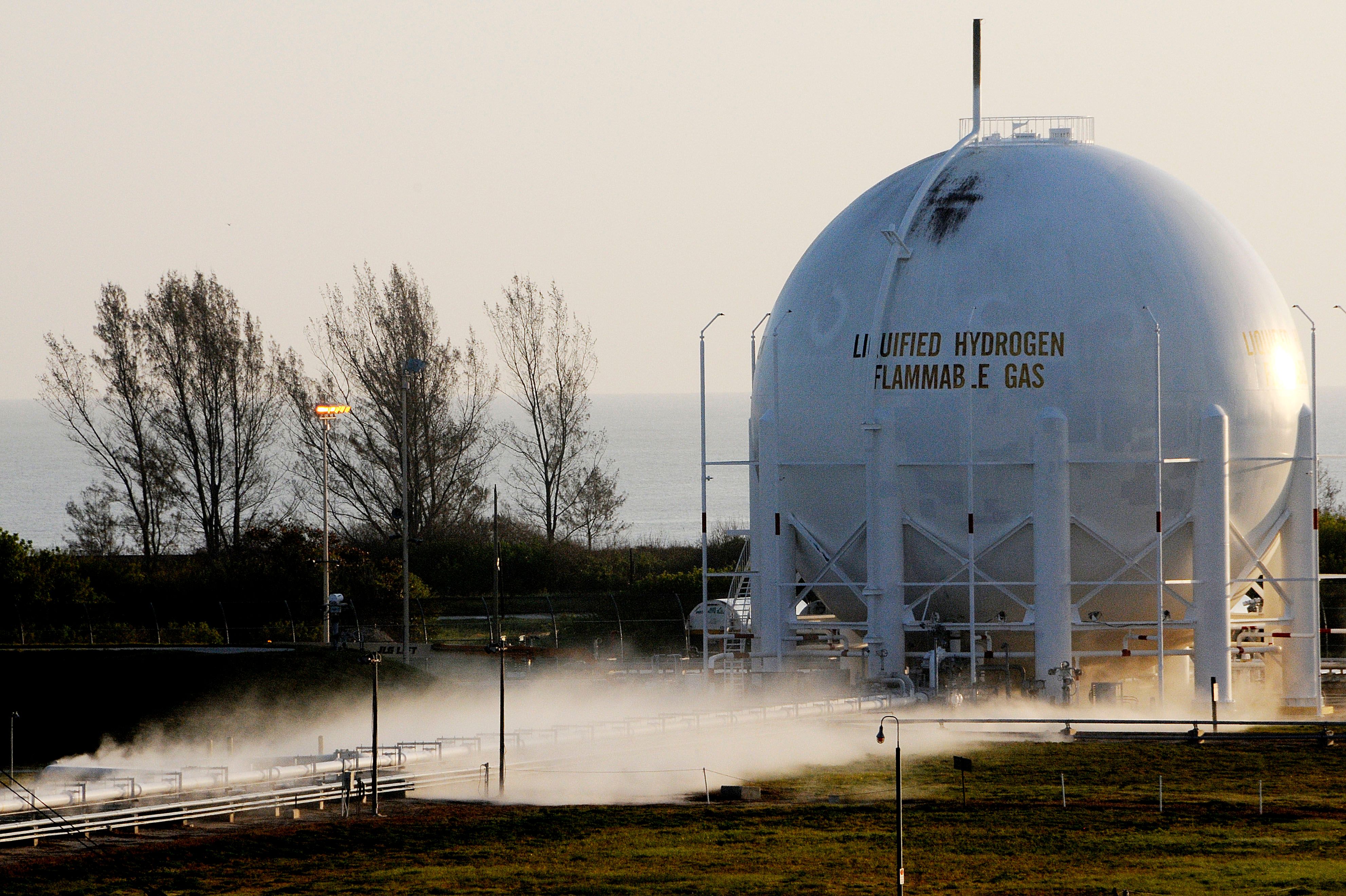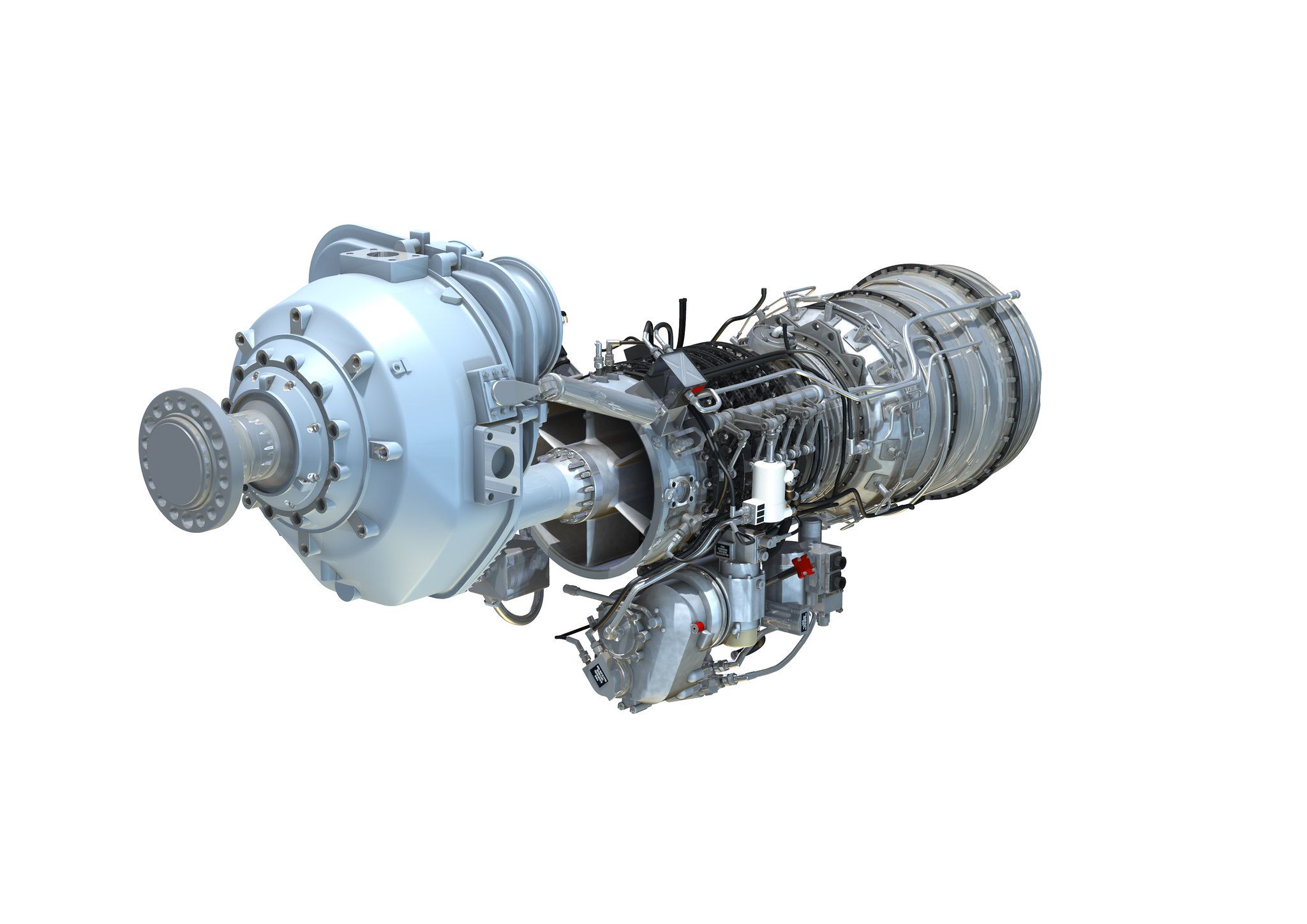As the aviation industry looks towards more sustainable fuels, engine maker Rolls-Royce has revealed that it intends to start a proof of concept program running aircraft engines on hydrogen. Later this year, an AE2100 will be tested on hydrogen, with the manufacturer ultimately aiming to run a Pearl 15 private jet engine on the clean fuel.
While it still seems a long way off, aviation companies are increasingly looking toward hydrogen as a future fuel. Many OEMs are now pursuing hydrogen test programs. The most notable of these is Airbus, which intends to test hydrogen engines on the side of an A380.
Rolls-Royce eyes hydrogen
Rolls-Royce isn't yet ready to commit to hydrogen as a future fuel, though it is keen to start exploring its options. As such, it is planning to operate a couple of existing products with the fuel over the coming years, though all testing will be confined to the ground for the time being. The first tests will take place as soon as later this year.
One of the first tests Rolls-Royce is planning will be to run an AE2100 engine on hydrogen. This is an engine used to power a range of aircraft, including the Lockheed C130 Hercules. The initial testing will take place in the UK.
With a slightly longer timeline, Rolls-Royce intends to run a Pearl 15 engine on hydrogen. This engine powers the Bombardier Global 5500 and Global 6500 private jets. The Pearl 15 test will take place on the ground in Stennis, Mississippi, although the company is not yet prepared to commit to an exact timeline.
What about flight tests?
It's one thing running an engine on the ground, but running an engine at 36,000 feet presents a whole different set of challenges. Rolls-Royce plans to progress to hydrogen flight tests in the latter stages of the program but is yet to decide on or commit to exactly what this would entail.
For the time being, these hydrogen tests are more about proof of concept than creating a sale-ready hydrogen engine. The company says that it hopes to prove that hydrogen "can safely and efficiently deliver power for small-mid size aircraft from the mid-2030s onwards". Of course, if it is a success and the company does start building hydrogen engines, these would have to undergo the full certification process including flight testing before being placed on an aircraft.
Why carry out these tests?
Part of the reason for carrying out these tests is so Rolls-Royce can figure out exactly what a hydrogen fuel system might entail, and how any challenges can be overcome. Right now there is no hydrogen ecosystem. Green methods of creating hydrogen are few and far between, and there is no supply chain to provide hydrogen to airports on the scale present for the currently used fossil fuels.
Unlike SAF, which can simply be dropped into the existing fuel system, hydrogen would need a whole separate infrastructure. This would include storage at the airport, vehicles to facilitate hydrogen refueling, and possibly even a whole host of new pipes under the apron for airports that already have such systems for conventional fuels.
What hydrogen to use
One of the fundamentals is to consider what type of hydrogen will be used. Right now, both gaseous and liquid hydrogen are available, each with its own challenges. Liquid hydrogen needs to remain cooled to around -253°C, while gaseous hydrogen requires heavy tanks than can maintain a pressure of 700 bar. Neither of these is ideal for an aircraft, unlike current fuels, which can be stored unpressurized in the aircraft's wing.
Rolls-Royce is going to be using liquid hydrogen for its tests. Some of the key things that will be tested by organizers are,
- How liquid hydrogen burns,
- The emissions generated by burning hydrogen,
- How hydrogen is fed to an engine,
- How temperatures are handled in an engine (hydrogen combusts at higher temperatures),
- Which materials work or don't work in a hydrogen engine.
While it is common to think of hydrogen as a zero-emissions fuel, that's not the case. When it burns, it creates H2O, otherwise known as water. If released into the right atmospheric conditions, these will create contrails that can also be damaging to the environment. Meanwhile, because hydrogen burns at higher temperatures than carbon-based fuels, its combustion can lead to the generation of nitrogen oxides (NOx).
Where will the hydrogen come from?
There is also an issue of securing a supply of hydrogen to use as fuel. Hydrogen is the most abundant element in the universe but needs to be processed into a form suitable for powering engines. There are several processes used to make this hydrogen, each named after a color. Some, such as brown and black hydrogen, require the burning of fossil fuels. Of course, there is no sustainability bonus to be gained by using hydrogen created from fossil fuels, as this will still release CO2 into the atmosphere, defeating the whole point of trying hydrogen as a fuel as around 10-12 tonnes of CO2 are produced for every tonne of brown hydrogen.
The name hydrogen comes from the word "gen" meaning "creator" and "hydro" meaning water.
For the AE2100 tests, Rolls-Royce has already found a source of green hydrogen. According to the World Economic Forum, Green hydrogen is often referred to as "clean hydrogen," as it is made using surplus energy from renewable sources, such as solar or wind power. Unfortunately, this only accounts for around 0.1% of total hydrogen production, meaning that, like SAF, it can be expensive and hard to get hold of.
Of course, like sustainable aviation fuels, rising demand for green hydrogen across the world (not just in the transport sector), will likely mean that its availability will increase in the future, while its cost will come down.
What do you make of Rolls-Royce's hydrogen test program? Let us know what you think and why in the comments!
Sources: World Economic Forum, Southern Green Hydrogen

